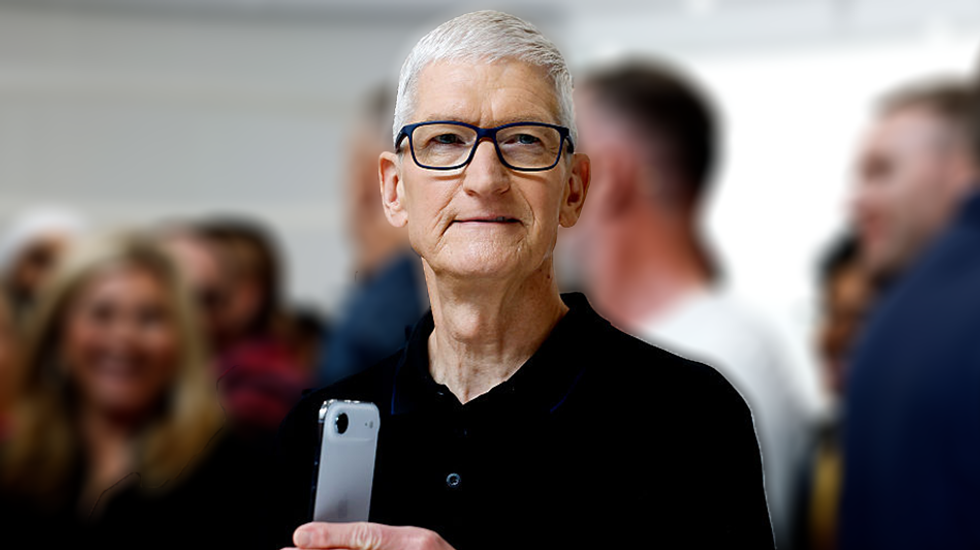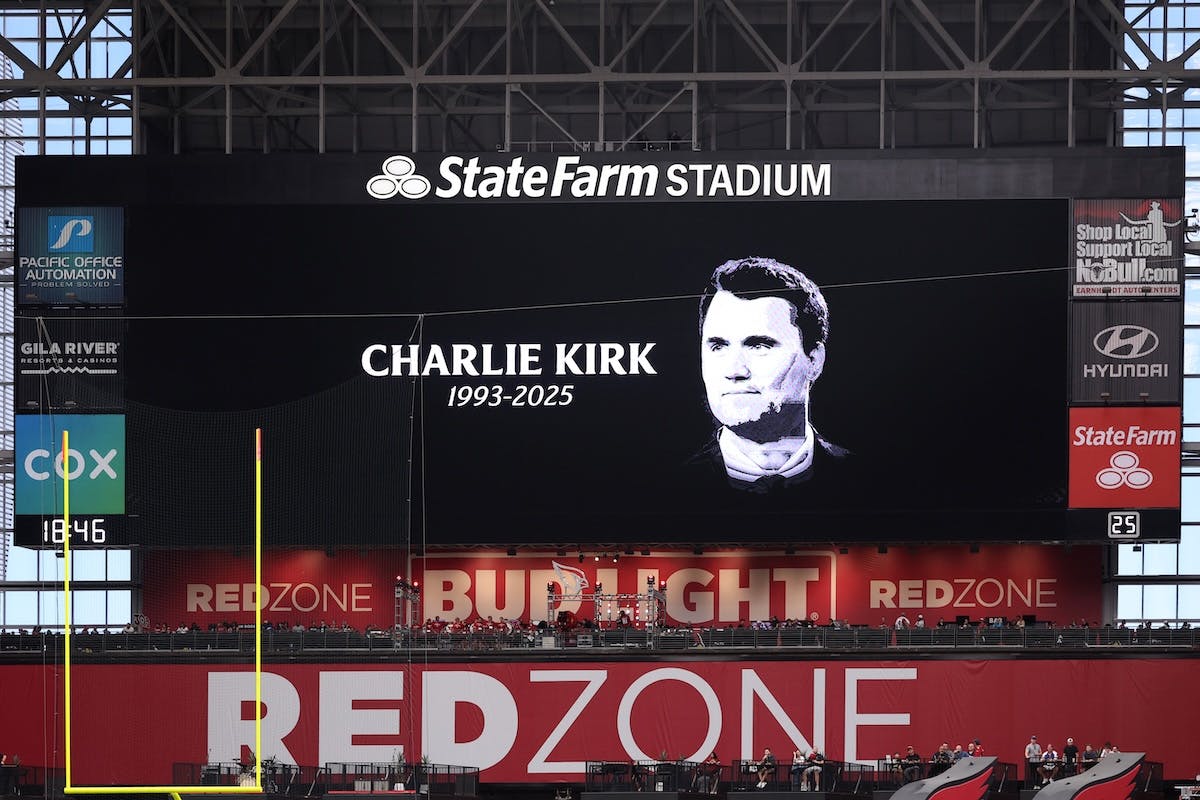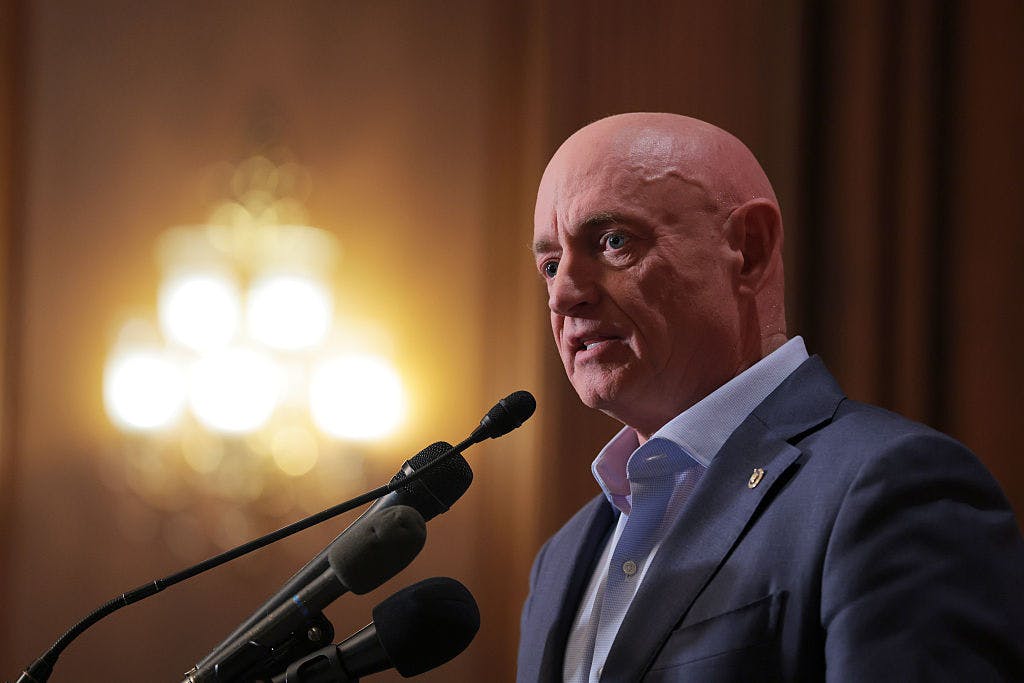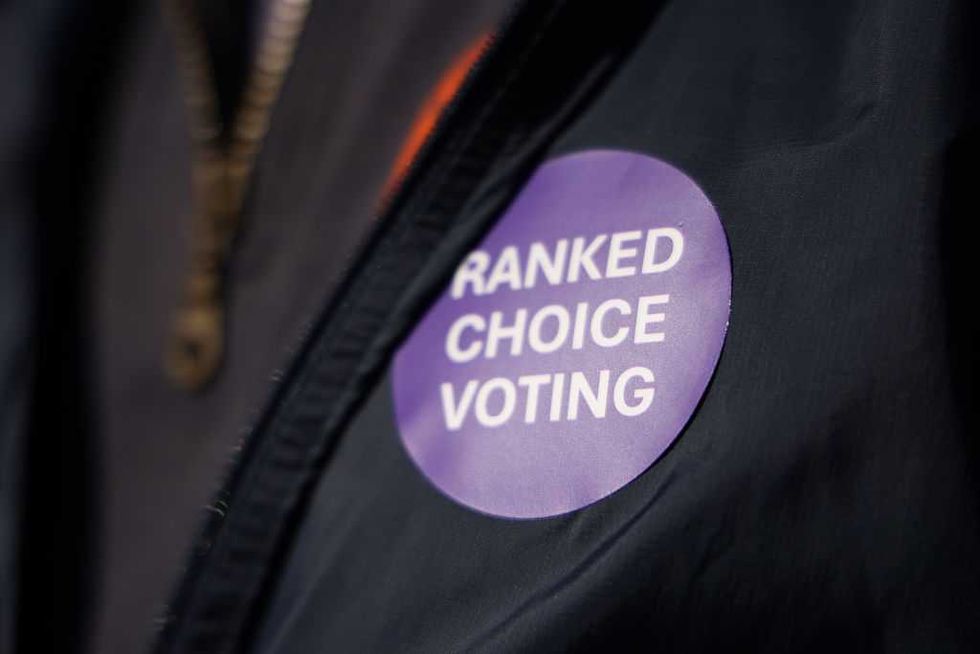Is the Daylight DC-1 the world's first 'healthy' computer?


Filmmaker and mother Jessica Solce was frustrated by the difficulty of finding healthy, all-natural products for herself and her family. To make it easier, she created the Solarium, which curates trusted, third-party-tested foods, clothing, beauty products, and more — all free of seed oils, endocrine disruptors, carcinogens, and other harmful additives.
In this occasional column, she shares recommendations and research she's picked up during her ongoing education in health and wellness.
Last year, I went to Palestra’s Age of Light conference in San Salvador intending to deepen my understanding of how light and health intersect. As I expected, I heard compelling speakers like Jack Kruse, Sol Brah, and Erwan Le Corre discuss red-light therapies, photobiology, and the urgency of restoring our relationship with natural light.
I did not expect someone to be announcing a new tablet.
Daylight’s LivePaper screen is gentle on young eyes, free of blue light and flicker. Kids can read, draw, and learn — even in bright sunlight — without glare.
Then Daylight Computer founder Anjan Katta did just that, boldly positioning his new DC-1 tablet as a radical rethinking of how tech, light, and human health might integrate. “The hope," Katta told us, "is a healthier, more humane computer that can help you build a better foundation for your life.”
What does that even mean? Why take on the Goliaths of tech? We already have Apple, Android, and Kindle. Clearly, Katta’s motivation wasn’t just practical.
iPad kids
It might surprise you to learn that Apple founder Steve Jobs didn’t let his own kids use iPads because he feared they were too addictive. A wise move, considering that more than a decade after its release, “iPad kid” has become shorthand for children glued to screens and prone to meltdowns when deprived of them. Adults aren’t immune, either — after all, our kids only mirror what we model.
Research shows direct links between screen exposure and developmental delays. One study found that 1-year-olds who logged four or more hours of screen time per day showed delays in communication and problem-solving by ages 2 and 4. Missed milestones are not minor; they’re signs of neurological disruption.
Technology’s long-term effects on the brain and body are profound — and Katta knew this firsthand. The 2016 Stanford engineering grad had spent his life in front of computer screens and suffered from eye strain, disrupted sleep, migraines, ADHD-like symptoms, and mood swings.
Once he traced these issues back to light, the problem became clear. The cure, however — a truly healthy kind of screen, one that doesn't overload our systems with blue light, flicker incessantly, and keep us indoors — did not yet exist.
Katta made it his mission to invent it. Six years later, the DC-1 was born.
Light as nutrient
If you follow health circles online, you’ve likely heard about light’s impact on well-being — from Andrew Huberman’s discussions of morning sunlight and circadian rhythm to the basic idea that blue light at night disrupts sleep. You probably also know that sunlight helps us produce vitamin D and that darker winters can bring on the blues.
Light should be considered alongside diet, exercise, and sleep as a fundamental pillar of health. It is our most constant environmental input — the very energy base of our ecosystems. It governs circadian rhythm, cellular function, and energy production. It influences how well we sleep, move, and even metabolize nutrients.
From infrared to ultraviolet, the full spectrum of sunlight benefits our health. But problems arise when we isolate parts of that spectrum — especially blue and UV light.
(For an in-depth look at the effects of light on the body and brain, especially in children, I encourage you to read my three-part series on blue light.)
Blue-light blues
Blue light dominates not just our phones, tablets, and computer screens but our indoor environments, too. Because blue light signals “daytime” to the brain, it suppresses melatonin and raises cortisol. Constant exposure disrupts circadian rhythm, contributing to insomnia, mood disorders, obesity, diabetes, and even certain cancers.
These aren’t minor issues — and they’re growing worse each year. We must confront our relationship with light itself. No amount of “biohacking” can replace a healthy light environment. Solutions like the DC-1 and better indoor lighting are essential stopgaps while we reorient our lives toward nature.
The DC-1's display solves the blue-light problem by using ambient light — or gentle red light — as its backlight. The screen resembles E-Ink but refreshes far faster thanks to its patented LivePaper technology.
It also eliminates screen flicker. Unlike natural sunlight or incandescent bulbs, LEDs flash on and off imperceptibly fast, straining the eyes and nervous system. The result? Headaches, fatigue, and anxiety. Daylight restores stability.
RELATED: Hello, darkness, my old friend: How to get your body's circadian rhythms back on the beat
 Caroline Seidel/Getty Images
Caroline Seidel/Getty Images
Screen saver
If we want to reverse the damage done by technology, we’ll need large-scale reform. But meaningful change begins with individuals. Light affects mitochondrial function — and mitochondrial DNA, passed through the maternal line, is heritable. We — and future generations — are shaped not just by what we eat, but by the light environments that feed our cells.
Simply stepping outside, away from screens, can do more for your health than any pill or supplement.
After six years of development, Katta built a device that acknowledges both science and nature — technology that harmonizes with our biology rather than fighting it.
Daylight’s LivePaper screen is gentle on young eyes, free of blue light and flicker. Kids can read, draw, and learn — even in bright sunlight — without glare. Stylus support makes it feel like pen and paper, encouraging creativity and handwriting. Its distraction-free interface promotes focus and calm. In short: technology without neurological mayhem.
Adults benefit too — less eye strain, fewer headaches, less fatigue. The paper-like display reduces the dopamine-driven scroll reflex that keeps us addicted to our devices.
Connection without addiction
The Daylight Computer mission statement offers a refreshing and much-needed change of priority. As Katta said, "The questions that motivate us are: What are the base defaults of an operating system that sets you up for better habits — for better health?”
When he introduced the DC-1, Katta hinted that the company would also be developing a phone. I can’t wait for that — especially for kids. They deserve communication tools that foster connection without addiction.
I’m excited for the continued growth of Daylight Computer and hope that it inspires other entrepreneurs to create technology built not just for productivity, but for human flourishing.
Originally Published at Daily Wire, Daily Signal, or The Blaze
What's Your Reaction?
 Like
0
Like
0
 Dislike
0
Dislike
0
 Love
0
Love
0
 Funny
0
Funny
0
 Angry
0
Angry
0
 Sad
0
Sad
0
 Wow
0
Wow
0












































































